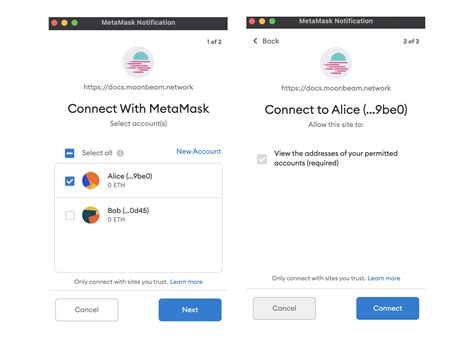Reburse Ethereum suppliers with Metamk Javascript

Interaction with a web application that requires authentication, especially those created using Ethereum -based platforms, such as Pro providers or decentralized financial applications (DEFIs), is important to guarantee integration without interruption. An important aspect is to determine the Ethereum supplier connected to the user account.
The bookstore is opened by @Metamk/Reception-Provider, provides an easy way to achieve it. In this article, we will study how you can use Metamk in your JavaScript application to determine the service provider Ethereum and then connect it to specific circuit details.
New setting -Remption
First, installing a bookcase must be installed in auction using NPM or yarn:
`Bash
NPM Install @Metamk/Detect-Provider
`
Or with a thread:
Bash
SUBMITED ADD @Metamk/The relevant Provester
`
So, it is important and initializes the service provider in the JavaScript code. Here is an example of how you can do this:
JavaScript
Import to determine “Metamask/Determination Provider”;
Const ethereum = waiting to determine ();
`
In this passage, the result of the invitation of the function is assigned to
Connection to a specific chain
In order to connect the Ethereum supplier to a specific circuit, it is necessary to specify the chain parts. This includes network ID (eg 1 Mainnet, 4 ropsten), gas price and other selection parameters. Here is an example of how to do this:
JavaScript
Const Chainid = Ethereum.chainid;
Console.log (`chain ID: $ {chain});
If (chainid === 1) {
// Mainnet settings
} Else if (chainid === 4) {
// Ropsten network settings
}
`
In this example, we check the property "Chainid" to determine which circuit settings are applied. You can add more conditions if necessary.
Additional parameters
The "Detectionumprovider" function returns the object with different properties that can be used to adjust the interaction with Ethereum:
- Chainid
: network ID.
Networkname: Network name (eg “ETH”, “ERC20”).
Gasprice: gas price Wei (1 Wei = 1/10^15 ether).
Maxblocknumber: maximum block number recovered.
Kontidi: Ethereum account matrix in which each account is an object with property as an address,Name.
These properties can be accessed using the Ethereum object, returned when revealing Topingumprover. For example:
`JavaScript
Const Gasprice = Ethereum.gasprice;
Console.log (`Gas Price: $ {Gasprice});
Const Conti = Ethereum.counts;
Console.log (“Account:”);
Account.Foreach ((Account) => Console.log (Account));
`
Example of use of case
Here is an updated version of your code that includes a basic access system:
JavaScript
Import to determine “Metamask/Determination Provider”;
Const ethereum = waiting to determine ();
Ashing features login () {
// Your access logic here …
}
Login ();
``
When making this code, the user will ask the user to enter information about their Ethereum service provider. After the user posts the correct credentials, he will connect the object “Ethereum” and show a successful message.
In these steps, it is possible to effectively integrate the Metamk JavaScript into the application to identify certain Ethereum suppliers and connect them to different chain settings.
